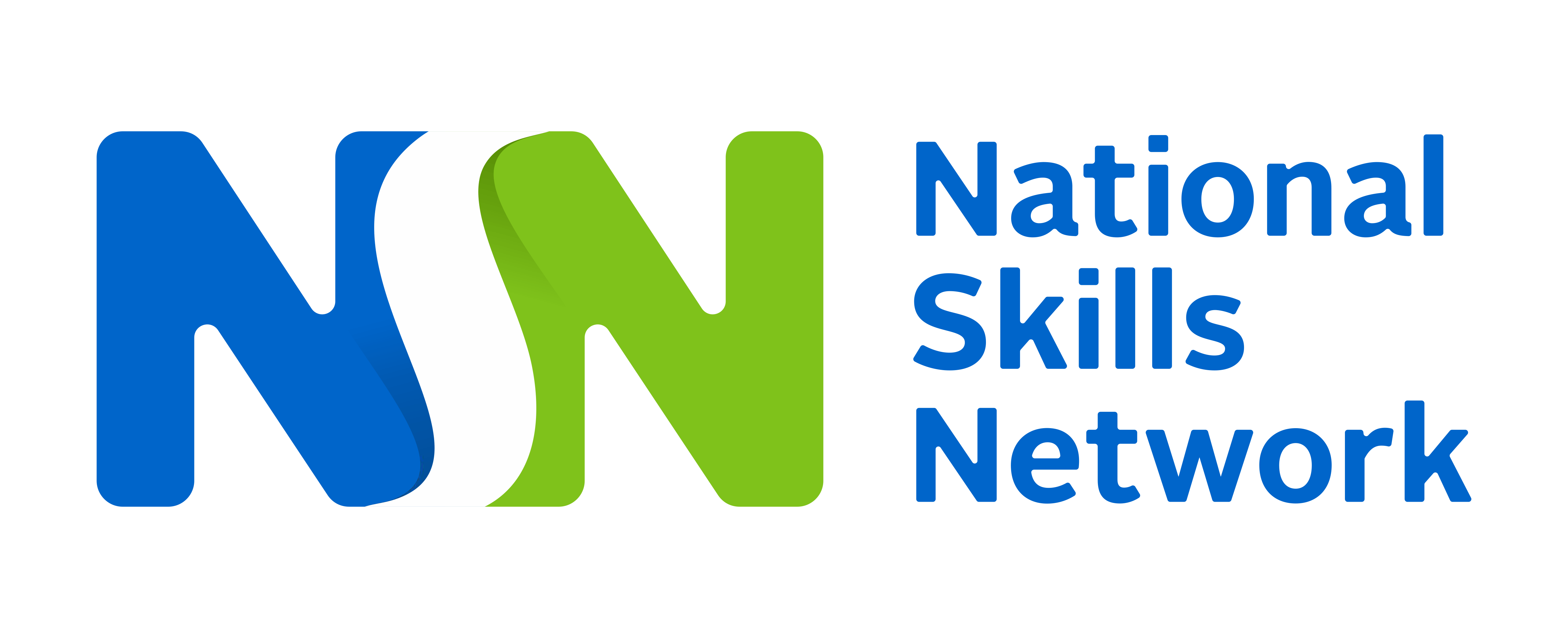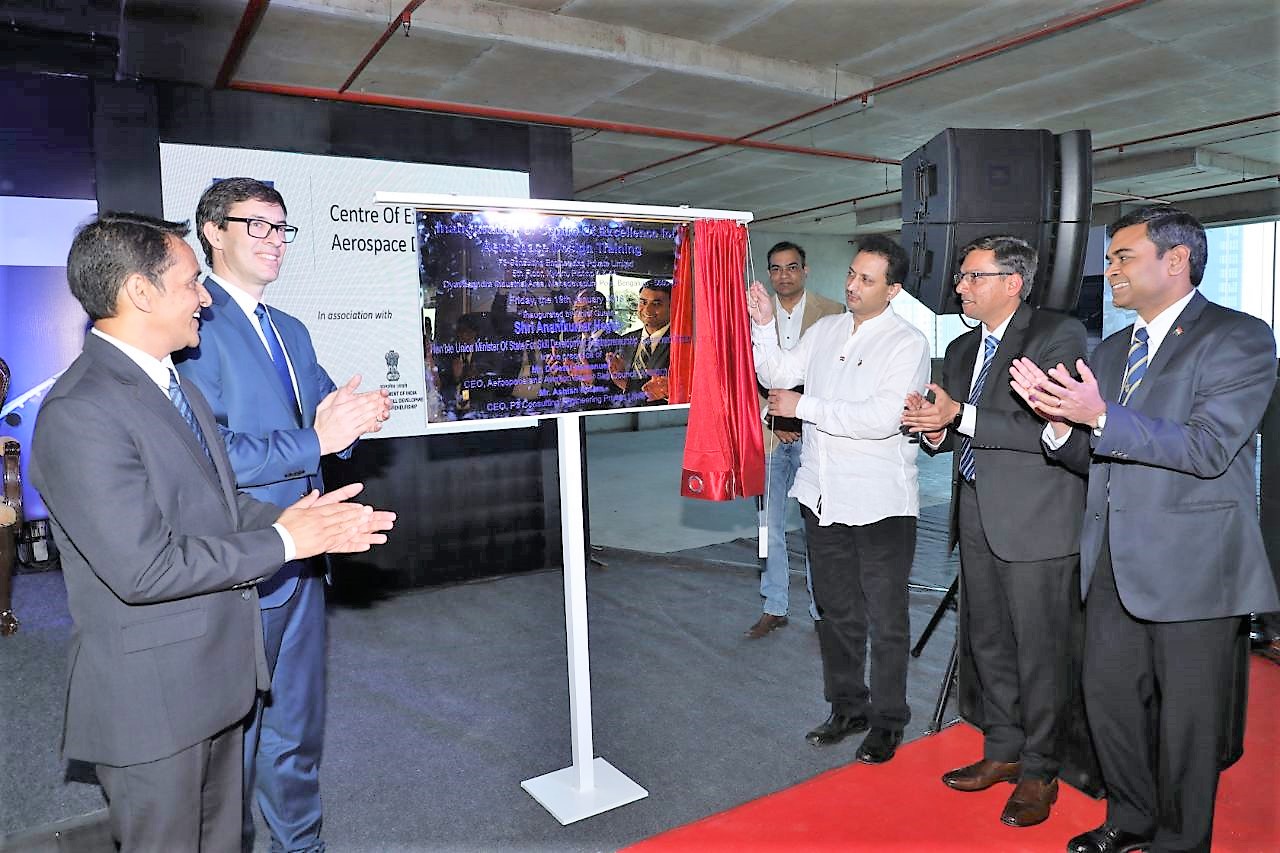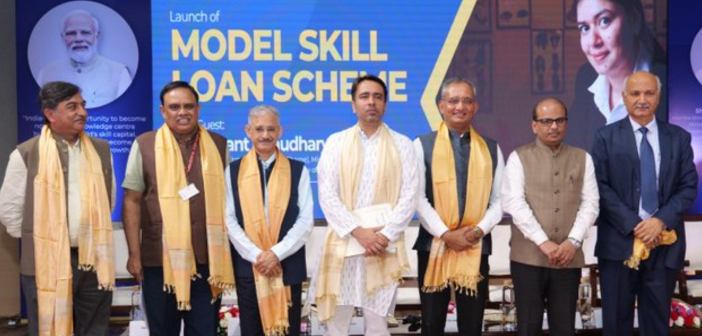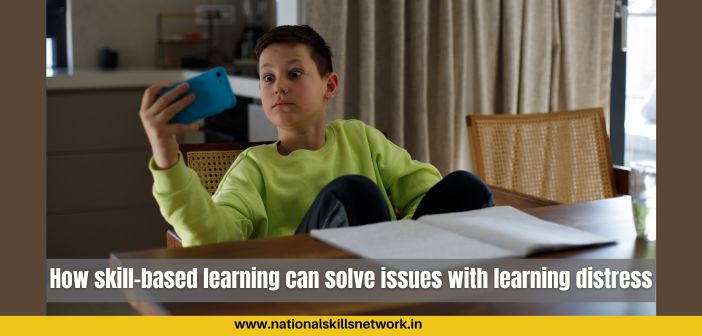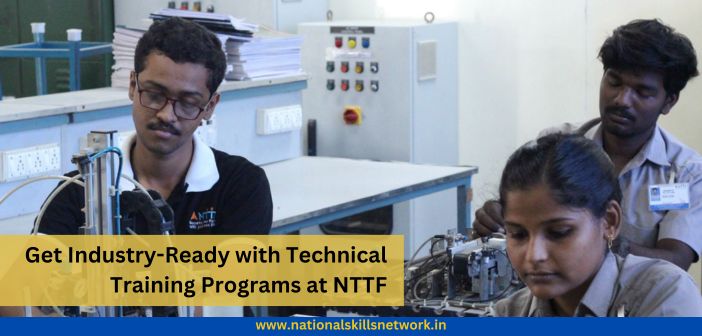Yesterday, I changed my tea mug. Since then, I’ve been trying to hold it properly and enjoy my morning tea as usual. But something is not going well – it’s the design of the handle. The problem is that I am unable to grasp and hold it between my thumb and index finger since the mug is different from the ones I used so far. When I try to hold the mug properly to avoid spilling the tea, my thumb aches a bit and then I try to hold the mug with both hands and somehow I manage this small change.
Now, you might wonder why the entire struggle, I can simply replace the mug, or go back to the old one. But, that is not the case, I bought this mug because I liked its design and shape and it is from my favourite shop. When I started using it, I realized that a simple ‘change’ in the design could mean a wee bit of pain, a bit of adjustment, some amount of patience and practice till I feel comfortable.

When a small change like a new tea mug can bring such discomfort and make you re-think and re-learn about a routine activity like sipping your tea, imagine what it means to understand, appreciate and embrace large-scale systemic changes. We all know transformations don’t happen in a day nor does any change, for change is painful, it requires patience, perseverance, acceptance, rejection, dialogue and many more things.
Then, why are we expecting miracles to happen with initiatives in Skill Development and Vocational Education and Training (VET) in India? Quick adoption of new models of training and learning, random spurt in skilling business, immediate industry engagement and job placements, instant enrolment of candidates, unquestioned acceptance by parents and many other expectations that involve time, effort, trial-n-error, learning from mistakes, sustained engagement, quality, etc – doesn’t this mean making several changes to the way things have been working in the past and how we ought to make them work to see the results and outcomes.
How to manage change while implementing skill-based training and vocational education initiatives
The backdrop of large-scale national initiatives like Skill India comprises imperatives for advocacy in initiating, appreciating, implementing and managing change. Unless we are able to create awareness and consciously educate all the stakeholders about the systemic and structural changes, it is difficult to convey the significance and deepen the impact. Here are some ways to manage change in people, process and projects that can reduce the gap between policy and practice.
Change is sociocultural: An exercise of this magnitude requires several parallel systems to power the engine of change at sociocultural level. Parents may not be ready to send their kids to vocational schools and unemployed youth may not get attracted to what we perceive as good for them.
Preparing for change: Proactive measures are needed to prepare people who think setting up a vocational training center under a government scheme is easy and it will quickly turn into a profitable business if they are allocated targets for training.
Big changes are ‘Work in Progress’: Skill development programs are at present ‘work in progress’ projects with many things happening at the same time. This may lead to duplication and continuous course correction, accommodating diverse views, experiences, perceptions and outcomes.
Constructing the big picture: Skill development and VET programs should integrate with mainstream education in the long run. This should be the cornerstone of discourse to attract students, dropouts, trainers, mobilizers and recruiters and it spells many changes for training companies, colleges, universities and corporates.
Changing perceptions: Age old notions about education, job safety, stable income are not easy to change. We cannot convince people to give up something they have held in high esteem by promising a job after a training program.
Communicating change: Effective communication is all about successfully bringing in the desired change. Our two-way communication channels need to listen to what people have to say at the ground or grassroots level and build perspectives through dialogue and discussions.
Coping with change: The mechanism to control quality and implement processes and methods could be the top-down way to ensure fair practices and transparency in training and outcomes. It needs to be supported ground-up with on-going efforts to convey the significance and need for such interventions.
Evidence-based approaches: Celebrity endorsements of skilling programs and success stories of trained-and-placed candidates may definitely help in reaching out. For sustained penetration and adoption, evidence-based support may be needed to convey the message that change is gradual, incremental and grows organically.
We have all undergone many processes of change in our personal and professional lives. We understand what it means to make transitions and how much of effort it takes to realize the good and bad sides of a change – sometimes change might have spelt a bitter pill or some other times, it must have been a sweet experience. Let’s look at various aspects of skill development in entirety, understand the complexity and come up with constructive suggestions, best practices and roadmaps.
We, at National Skills Network – NSN would be glad to hear your experience of how you are coping with changes and making an impact at the level of individual and community. Write to us at contact@nationalskillsnetwork.com
(This article is re-produced from Linked In https://www.linkedin.com/pulse/why-skill-development-vet-exercise-change-management-dubey-ph-d/ )
